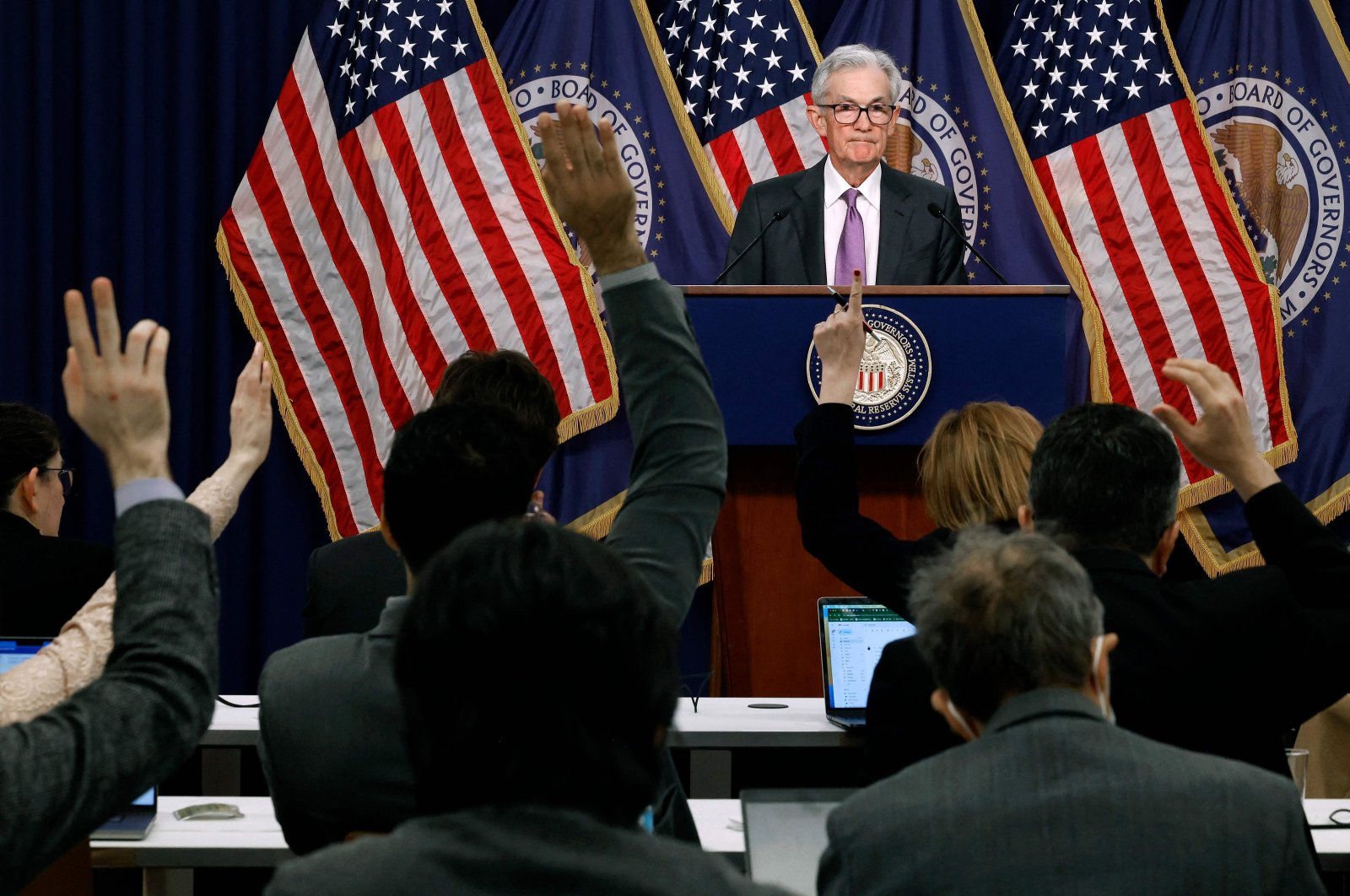Ever since the U.S. Federal Reserve (Fed) signaled last fall that it was likely done raising interest rates, pretty much everyone, from Wall Street traders, economists, car buyers and would-be homeowners, has been obsessing over a single question: When will the Fed start cutting rates?
But now, with the U.S. economy showing surprising vigor, a different question has arisen: Will the central bank really cut rates three times this year, as the Fed itself has predicted – or even cut at all? The Fed typically cuts only when the economy appears to be weakening and needs help.
Lower interest rates would reduce borrowing costs for homes, cars and other major purchases and probably fuel higher stock prices, all of which could help accelerate growth. An even more robust economy might also benefit President Joe Biden’s reelection campaign.
Friday’s blockbuster jobs report for March reinforced the notion that the economy is managing quite nicely on its own. The government said employers added a huge burst of jobs last month – more than 300,000 – and the unemployment rate dipped to a low 3.8% from 3.9%.
Some analysts responded by arguing that it’s clear the last thing the economy needs now is more stimulus from lower rates.
“If the data is too strong, then why are we cutting?” asked Torsten Slok, chief economist at Apollo Global Management, a wealth management firm. “I think the Fed will not cut rates this year. Higher (rates) for longer is the answer.”
In March, the central bank’s policymakers – as a group – had penciled in three rate cuts for 2024, just as they had in December. Some economists still expect the Fed to carry out its first rate reduction in June or July. But even at last month’s Fed meeting, some cracks had emerged: Nine of the 19 policymakers forecast just two rate cuts or fewer for 2024.
Since then, Friday’s jobs data, combined with an unexpectedly buoyant report showing that factory output is expanding again after months of contracting, suggested that the economy is extending an unexpected run of healthy growth.
Despite the Fed’s aggressive streak of rate hikes in 2022 and 2023, which sent mortgage rates and other borrowing costs surging, the economy is defying long-standing expectations that it would weaken.
Such trends have made some Fed officials nervous. Though inflation is down sharply from its peak, it remains stubbornly above the Fed’s 2% target. Rapid economic growth could reignite inflation pressures, undoing the progress that has been made.
In several speeches this past week, several Fed officials stressed that there was little need to cut rates anytime soon. Instead, they said, they need more information about where exactly the economy is headed.
“It’s much too soon to think about cutting interest rates,” Lorie Logan, president of the Federal Reserve Bank of Dallas, said in a speech. “I will need to see more of the uncertainty resolved about which economic path we’re on.”
Head of the Atlanta Fed, Raphael Bostic, said he favored just one rate cut this year – and not until the final three months. And Neel Kashkari, president of the Minneapolis Fed, sent stock prices falling Thursday afternoon after raising the possibility that the Fed might not cut at all this year.
“If we continue to see strong job growth,” Kashkari said, “if we continue to see strong consumer spending and strong gross domestic production (GDP) growth, then that raises the question in my mind, well, why would we cut rates?”
Still, a strong economy and hiring alone might not preclude rate reductions. Fed Chair Jerome Powell and other officials, such as Loretta Mester, president of the Cleveland Fed, have underscored that the main factor in the Fed’s rate-cutting decision is when – or whether – inflation will resume its fall back to the central bank’s 2% target. They note that the economy grew briskly in the second half of 2023 while inflation steadily fell. Inflation is just 2.5% now, according to the Fed’s preferred measure, down from a peak of 7.1%.
Still, in January and February, “core” prices – which exclude volatile food and energy costs – rose faster than is consistent with the Fed’s target, raising concerns that inflation hasn’t been fully tamed.
As a result, the government’s upcoming reports on inflation will be scrutinized for any signs that inflation is easing further. Wednesday’s report on the consumer price index is expected to show that core prices rose 0.3% from February to March, which generally is too fast for the Fed’s liking.
Powell suspects the economy can keep growing even as inflation cools because the supply of workers has soared in the past two years. This trend makes it easier for the economy to produce more and avoid shortages even when demand stays strong. It also helps keep wage and price growth in check.
A surge in immigration in the past two years, most of it unauthorized, has dramatically increased the number of workers willing to fill jobs. Their entry into the job market has mostly ended the labor shortages that bedeviled the economy after the pandemic and caused wages to spike for workers in retail, restaurants, and hotels.
“There are significantly more people working,” Powell said in a discussion at Stanford University this week. “It’s a bigger economy rather than a tighter one.”
Whether the rising labor supply trend can continue this year will help determine the Fed’s next steps.
Still, speaking at a conference at the San Francisco Fed last month, even Powell acknowledged that the healthy economy reduces the urgency of rate cuts: “This economy doesn’t feel like it’s suffering from the current level of rates.”
Indeed, Slok and some Fed officials think borrowing costs aren’t restraining the economy as much as they would have in the past. That’s because in today’s economy, several trends could keep growth, inflation and interest rates higher than in the past two decades. These include a more productive economy, larger government budget deficits and the return of some manufacturing to the United States, where it is more expensive, from overseas.
“It is extremely difficult to make the case that the Fed should be cutting rates at all – and arguably, the debate about raising rates again should be more lively than it is currently,” said Thomas Simons, an economist at Jeffries, a brokerage.




















































Be First to Comment